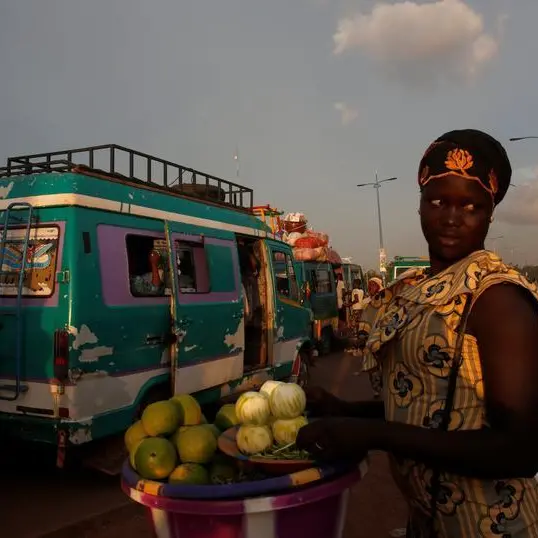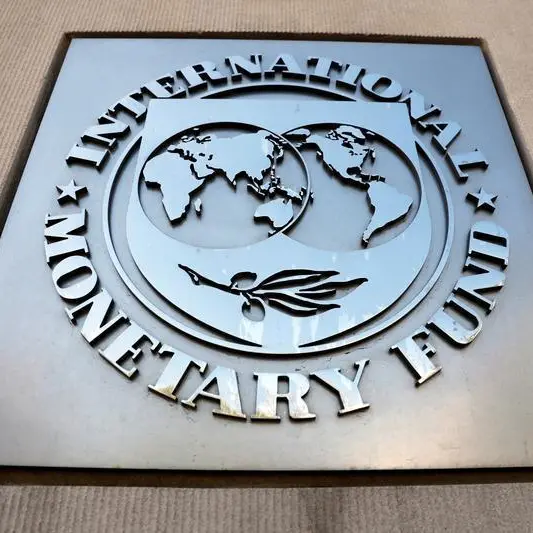PHOTO
Dubai - Sovereign borrowing in the Middle East and North African countries, particularly the GCC, could further decline this year to $181 billion in the wake of fiscal consolidation and higher oil prices, S&P Global Ratings said in a recent report.
"We expect the 13 Mena sovereigns we rate will borrow about $181 billion this year from domestic and international commercial sources, down six per cent or $11 billion from 2017," said S&P Primary Credit Analyst Trevor Cullinan.
In 2017, sovereign debt fell 30 per cent. The decline will result from fiscal consolidation measures across the GCC and the uptick in oil prices, which will likely push down net-oil-exporting governments' financing needs, said the ratings agency in a report.
Egypt remains the largest borrower with $46.4 billion, or 26 per cent of the region's gross commercial long-term borrowing, followed by Iraq ($35 billion or 19 per cent of the total) and Saudi Arabia ($31 billion or 17 per cent).
S&P expects Mena sovereigns' absolute commercial debt to increase by $21 billion to about $764 billion at year-end 2018, up three per cent from 2017.
About 40 per cent of Mena sovereigns' $181 billion of gross borrowing this year will go toward refinancing maturing long-term debt, resulting in an estimated net borrowing requirement of $108 billion. Adding amounts owed to bi- and multilateral institutions, total debt will reach about $860 billion, a year-on-year increase of $13 billion, or two per cent. "However, the share of non-commercial official debt is set to decline to 11 per cent of total sovereign debt as of year-end 2018, from 12 per cent in 2017. We expect that outstanding short-term commercial debt (original tenor of less than one year) will fall to $131 billion by the end of this year," S&P analysts said.
For 2018, the ratings agency project that sovereigns' commercial debt rated in the 'AA' category (Abu Dhabi, Kuwait, and Qatar) will be 19 per cent of the total, up from 16 per cent in our 2017 report. The share of 'A' category debt (Ras Al Khaimah and Saudi Arabia) will rise to about 20 per cent.
S&P expects GCC sovereigns' gross commercial long-term borrowing would total $68 billion in 2018, down from $80 billion in 2017. On GCC central governments' deficit-financing strategies, the ratings agency noted that while Qatar, Bahrain, and Oman have largely focused on debt issuance rather than asset draw downs, Abu Dhabi, Kuwait, and Saudi Arabia show a more equal split between issuing debt and liquidating part of their assets. "We note that most GCC countries have been tapping international debt markets in recent years to diversify their funding sources and reduce liquidity pressures in the domestic banking systems," analysts said.
Copyright © 2017 Khaleej Times. All Rights Reserved. Provided by SyndiGate Media Inc. (Syndigate.info).
© Khaleej Times 2018











